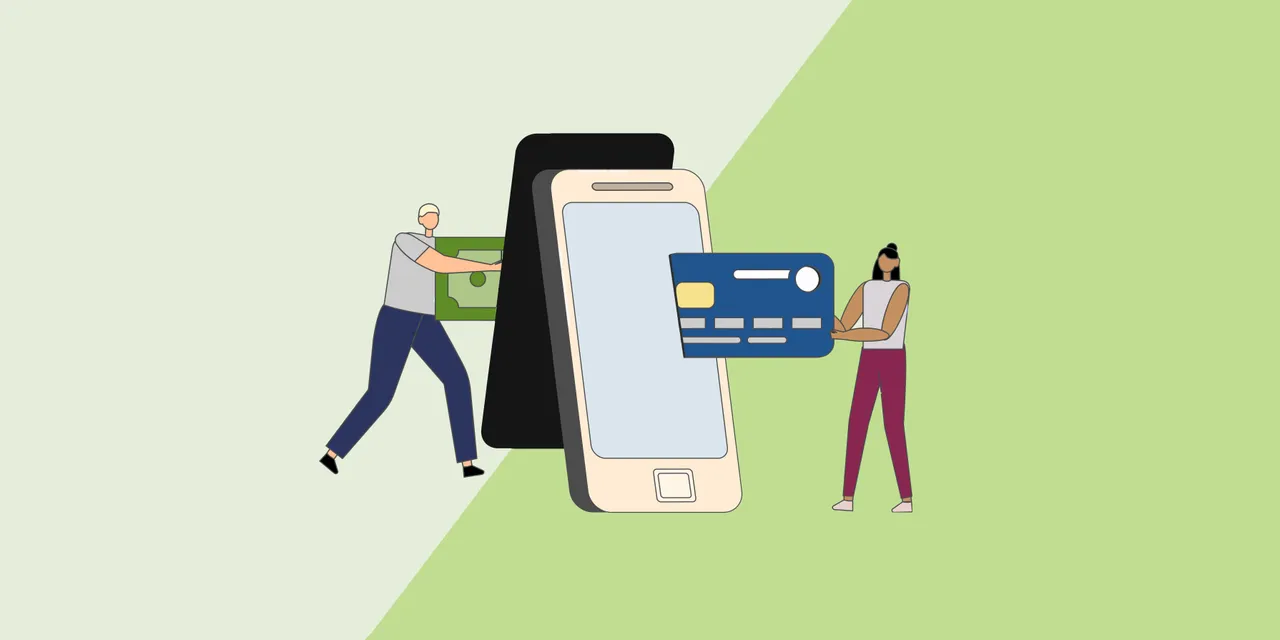Depending on what you sell, you will likely want to include more than just cards and PayPal as payment methods. After all, if they don’t offer their preferred payment options, then shoppers simply won’t buy. Whether they’re shopping from a desktop browser or from your mobile app, consumers nowadays expect different payment methods to be featured in online stores. In order to be relevant to the widest audience, you need to ensure your site has capabilities to support those payment means which are most popular online.
E-commerce is booming. The 4.57 billion internet users around the world are hungry for goods and services, and internet shopping is their preferred way of buying. So if you’re casting a wide net and are targeting any of these users, Modes of Electronic Payment include Online Payment, Offline Payment and Mobile Payment.
Credit and debit cards remain one of the most popular choices globally for online purchases. In established eCommerce markets like the US, credit cards accounted for nearly half of all payments in 2018, while in emerging markets domestic eWallets were much more popular.
Cards’ popularity as online payment methods was built on the protection features offered. Card transactions have been regulated for many years by global or regional compliance standards and also by consumer protections issued by payment processors. This security is one of the main reasons why card payments are used around the world.
Credit cards have been the most used form of payment for eCommerce transactions for many years, but nowadays there are other methods that consumers prefer. This can be explained by the advantages that this type of payment offers, such as anonymity and safety, easy access worldwide, and no physical exchange of goods needed, among others
One of the fastest growing online payment methods in B2C eCommerce all over the world is projected to account for 50% of global eCommerce sales by 2022. Some reports are even finding that the use of eWallets has overpassed that of cards last year on a global level – in some markets, for example, this online payment method had a share of almost 60% of transactions in 2019
Many online shoppers prefer to pay with bank transfers, an online payment method that involves the customer paying from their banking account with their own funds. A bank transfer is perceived as having an extra layer of security because transactions require authentication through the customer’s bank. In essence, when a customer chooses this payment method during checkout, they are redirected to their own internet banking portal where they have to log in and authorize the transaction.
Buy Now, Pay Later is a form of instant lending that more and more young consumers are turning to. With Buy Now, Pay Later you can make purchases now and pay later over time, or all at once. Access the option during checkout and have it automatically paid back when you choose. Another alternative online payment method is prepaid cards, chosen primarily by unbanked users or minors. Customers opt for a prepaid card from a set of predefined available values and then they use the details on that card for online transactions.
Placing your card in your wallet? Not anymore. With contactless payment you can pay with a simple tap of your card, making paying for goods and services easier than ever. You need a deep understanding of local eCommerce payment methods in order to enter some markets. Here’s an overview of the most popular electronic payment methods favoured by consumers in different regions.



